
World
21:48, 28-Mar-2018
India's new health insurance scheme
Shweta Bajaj
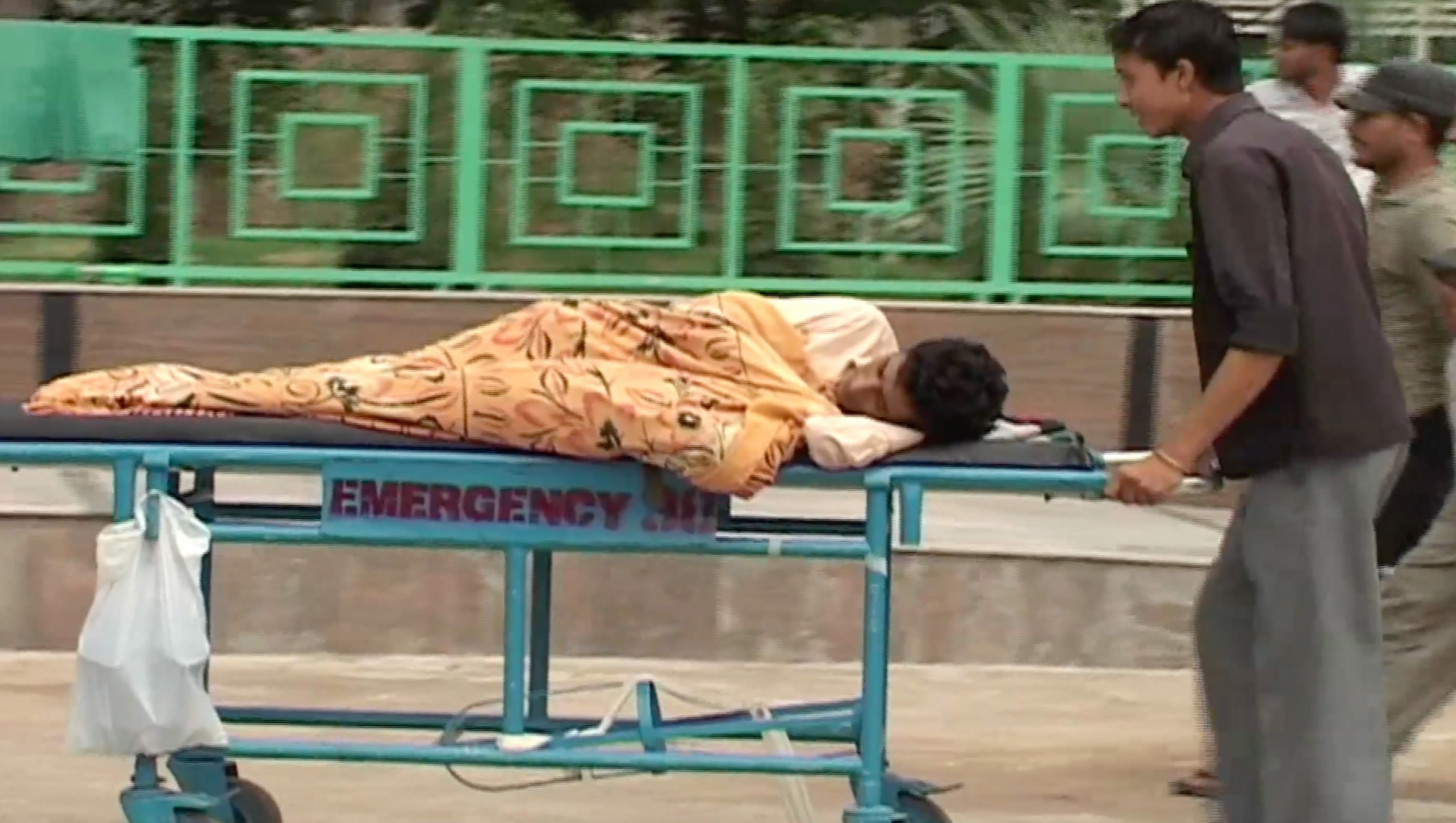
Indian Prime Minister Narendra Modi announced a plan in February to give half a billion poor people in India health insurance.
The Union Budget of India for the 2018-2019 fiscal year addressed an issue long ignored by successive governments in the country – the health of its citizens.
The health insurance plan would offer 100 million citizens up to 500,000 rupees, or about 7,600 US dollars, per person.
An insurance plan like this, which covers a large section of the voting base, gives an assurance to the Indian prime minister ahead of national elections next year.
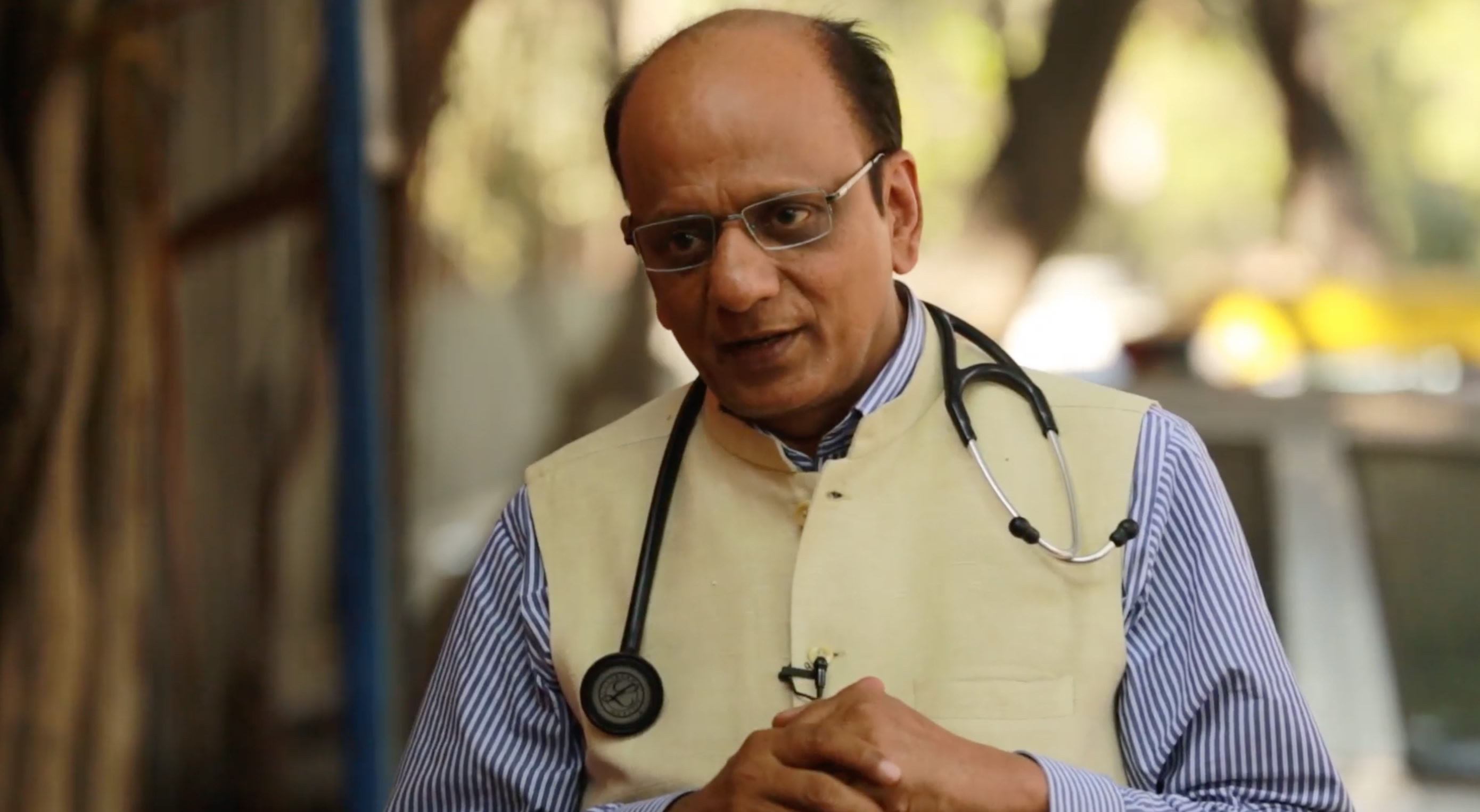
Dr. K.K. Aggarwal, former president of the Indian Medical Association /CGTN
Dr. K.K. Aggarwal, former president of the Indian Medical Association /CGTN
Dr. K.K. Aggarwal, former president of the Indian Medical Association and president of the Health Care Foundation of India, is optimistic. He believes this will make private healthcare companies go to villages and set up shop.
“This will force all the private sector and the doctor’s community to build up hospitals in smaller areas," Aggarwal said. "If you can have Coca-Cola, Pepsi, burgers reaching remote areas, why are we not able to have the health insurance and facilities there? With this insurance policy, I think the health facilities can reach every corner of the country."
The insurance will allow India’s poor to go to private hospitals, which are unaffordable for most citizens. Despite many optimistic views, India’s health infrastructure is dismal and India’s health troubles are not so simple.
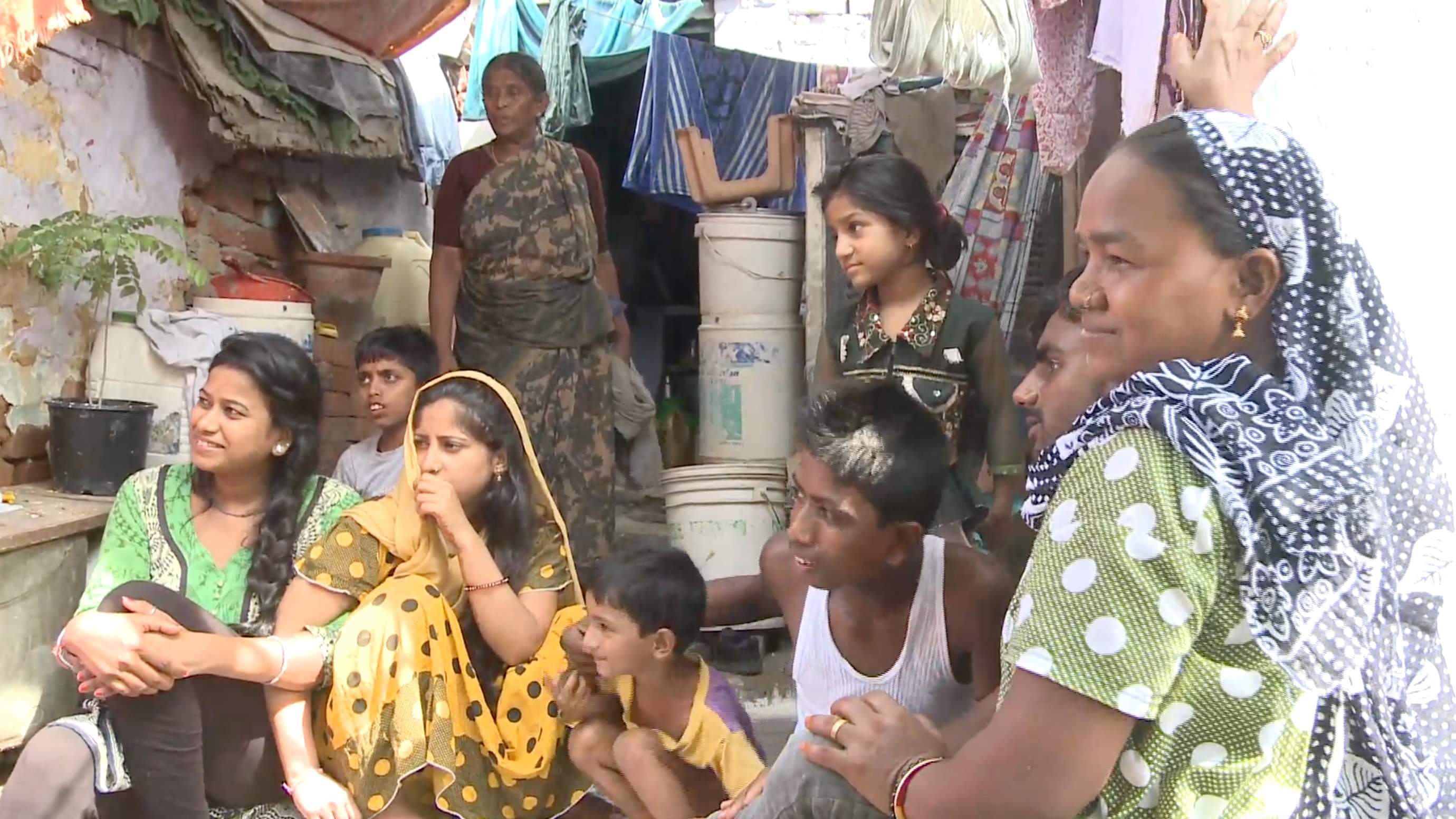
Health insurance will be provided to India's poor. /CGTN
Health insurance will be provided to India's poor. /CGTN
Building a robust primary healthcare system that does not currently exist is the need of the hour, and an area where only public funding can help, as private practitioners run their hospitals with the aim of making money.
Treatment in public and government hospitals is technically free, but the primary health infrastructure is so problematic that many people have to travel hundreds of kilometers to even reach one center. And even if they do, the hospitals are overburdened.
Rema Nagarajan has covered the trajectory of India’s healthcare for over two decades. She says it will take much more than a health insurance plan to make a healthy young India.
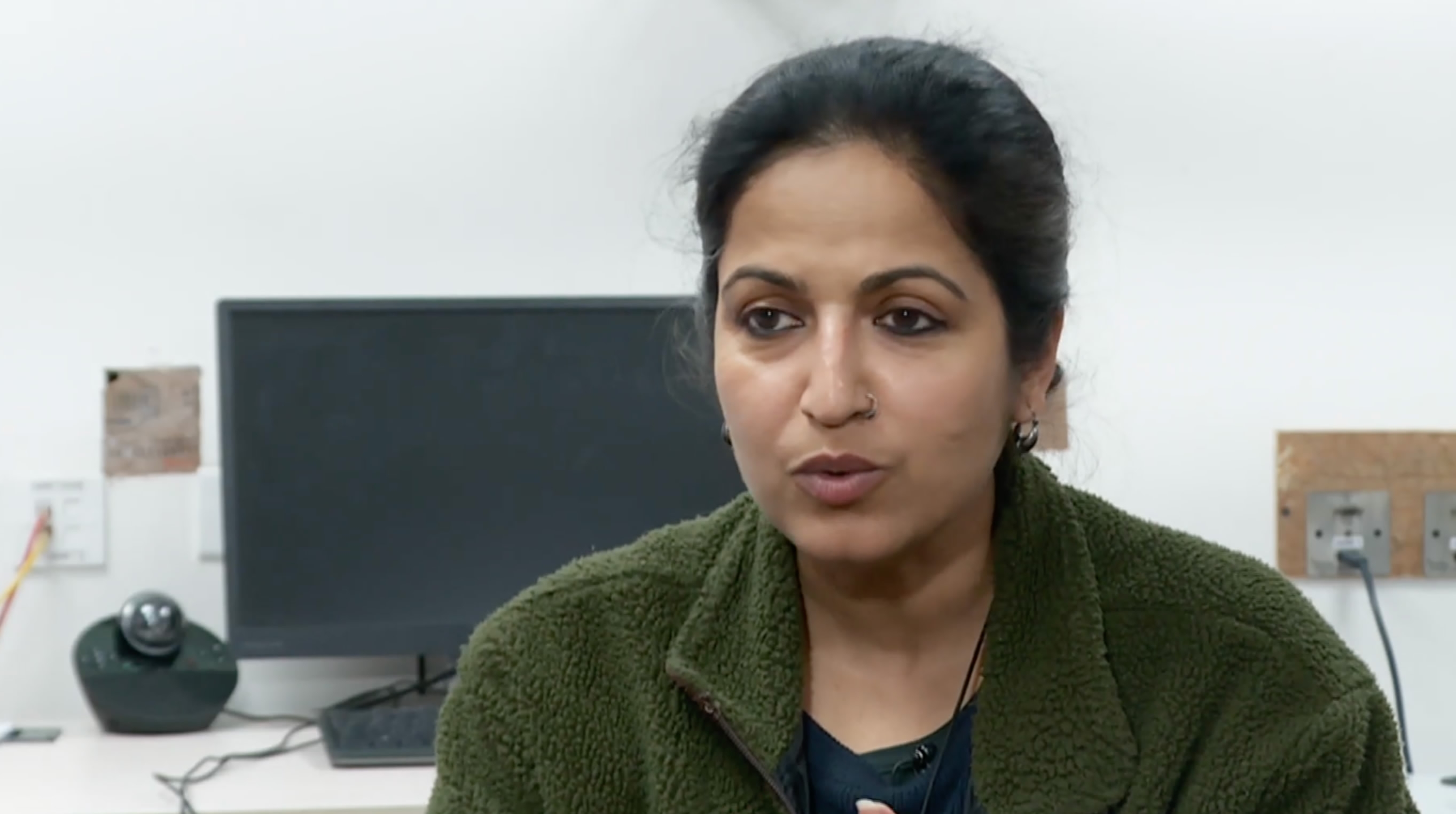
Rema Nagarajan, health editor, Times of India /CGTN
Rema Nagarajan, health editor, Times of India /CGTN
“Basically everyone wants to make money. You will find primary healthcare centers being built, sub-centers being built. They are empty. You will find little hospitals being built, equipment being bought, no doctors, no nurses," Nagarajan said. "There are empty well-equipped things just sitting out there. And why is that? Because there is money to be made by giving out these contracts for buildings, money to be made.”
K. Sujatha Rao is a former union secretary of the Ministry of Health and Family Welfare. In her 36-year-long career as a civil servant, she spent close to 20 years in the health sector in different capacities at both state and federal levels.
“Various things make a government get elected and it's not necessarily performance. So, as a result, there has never been pressure on the political system to have a vision and be held accountable," Sujatha Rao said. "So if you were to ask a health minister or health secretary what is your vision? What is that you want to be in health in 2030? You won’t find an answer. Because we don't have a vision. And that's not the case in other countries.”
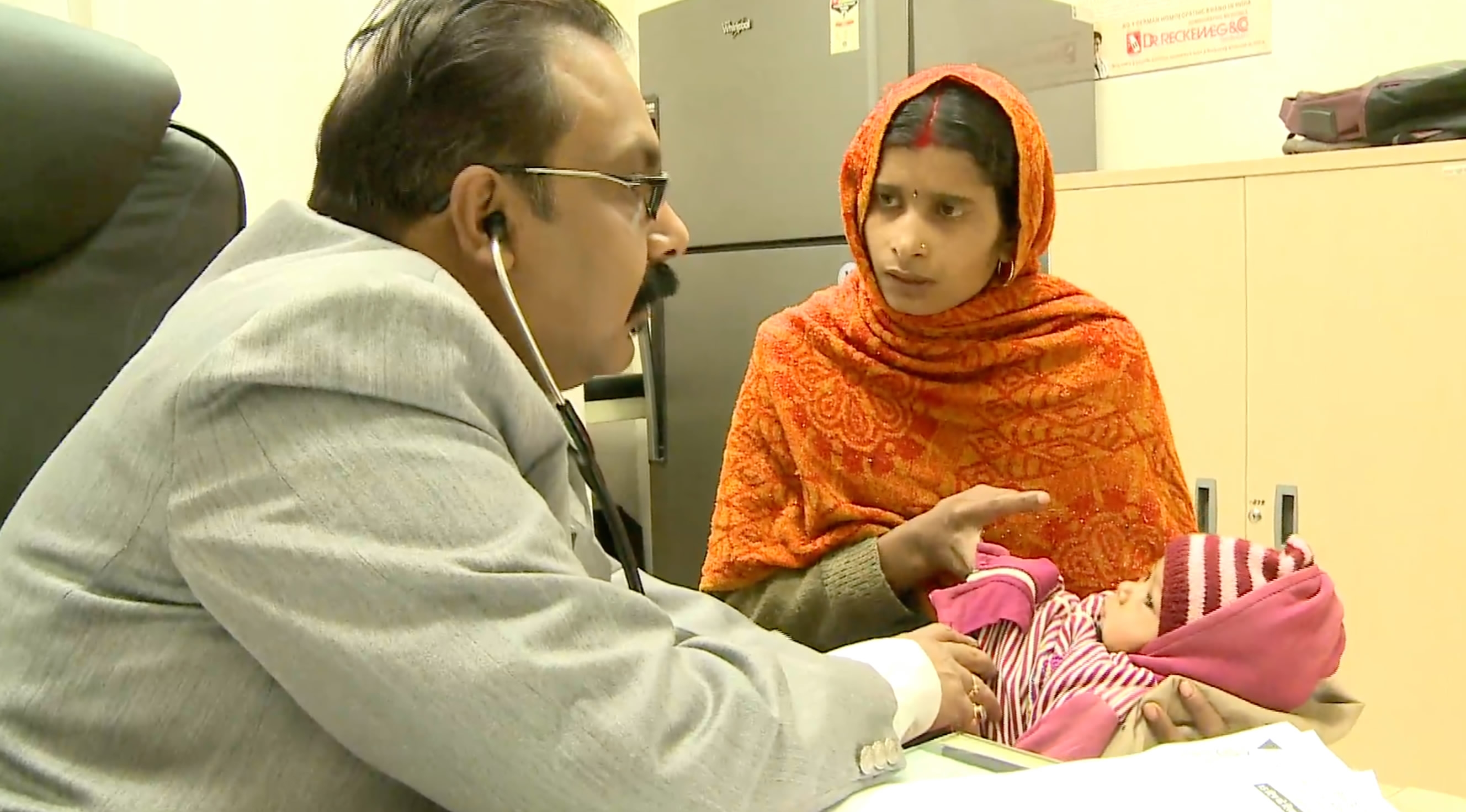
The lack of healthcare leaves women and children most vulnerable /CGTN
The lack of healthcare leaves women and children most vulnerable /CGTN
India’s government spends just 1.4 percent of the country’s gross domestic product on health, which is a dismal figure compared to even under-developed economies.
India’s health challenges are massive. It's a country still struggling with issues like sanitation and open defecation – a perfect place for infectious diseases to breed. There are not many details available on how the government plans to fund the program.
A young India is expected to be its strength. But a large population under the age of 35 that is not healthy and unskilled could instead be a recipe for disaster.

SITEMAP
Copyright © 2018 CGTN. Beijing ICP prepared NO.16065310-3
Copyright © 2018 CGTN. Beijing ICP prepared NO.16065310-3